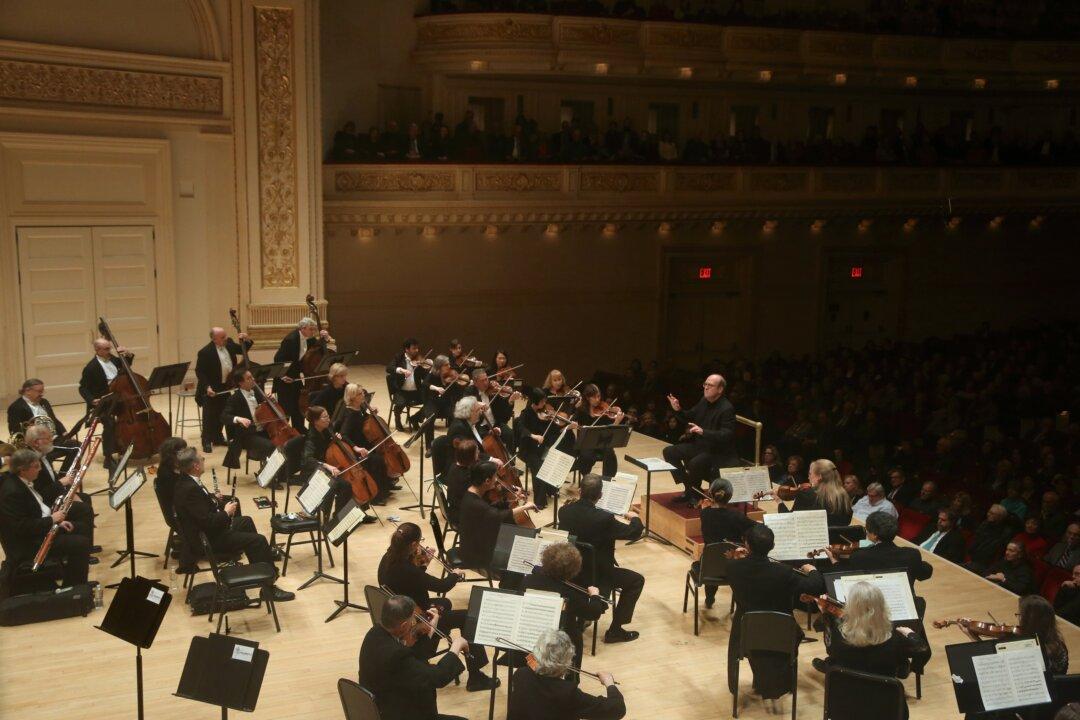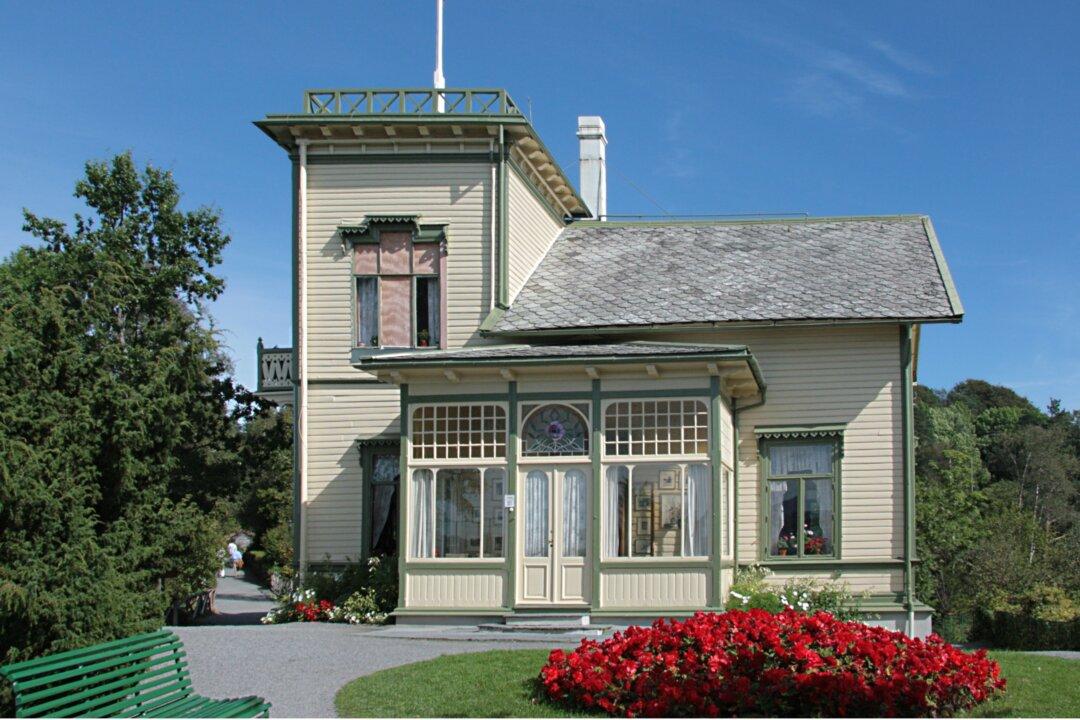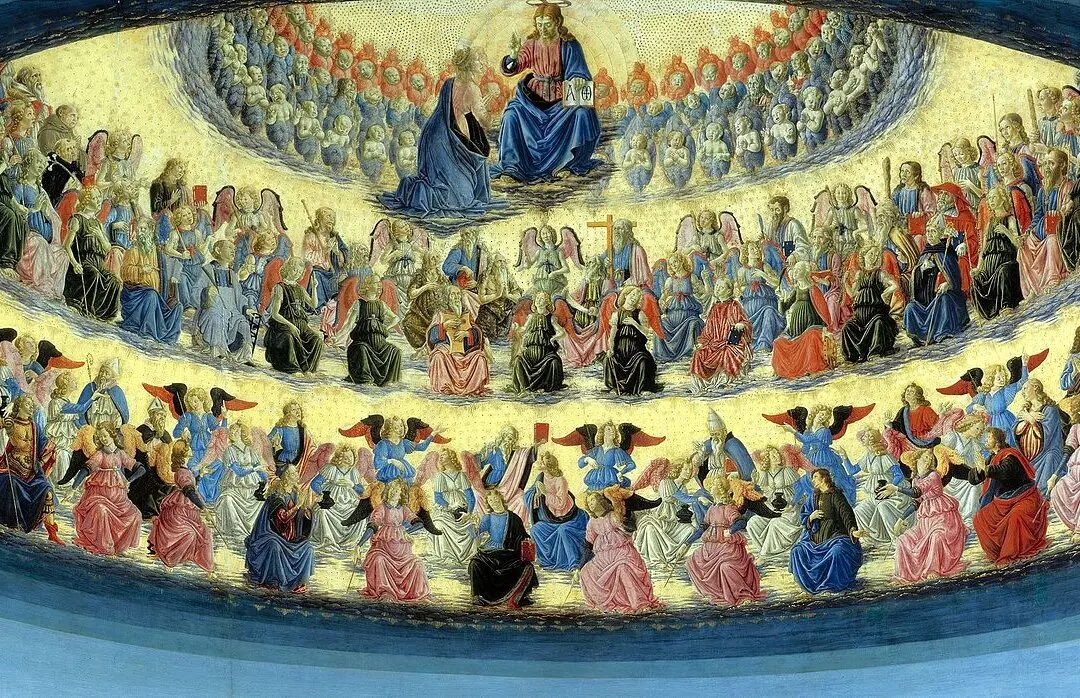In the summer of 1788, Wolfgang Amadeus Mozart composed three 4-movement symphonies in the space of two months. Given the composer’s situation at the time, a financial condition best described as debt-ridden, one would assume he had been handsomely commissioned to spend precious weeks laboring over lengthy, complex scores.
That assumption would be wrong. No one knows for certain why Mozart composed the works we know as his last symphonies: No. 39 in E-flat, No. 40 in G minor, and No. 41 in C, the latter nicknamed “Jupiter.” There is no record of a commission, and the symphonies were likely not performed in his lifetime. Mozart died in 1791.






